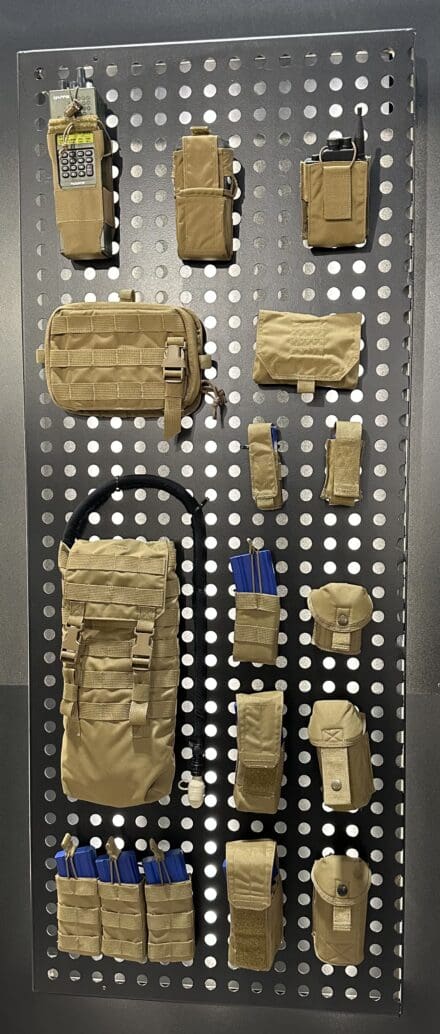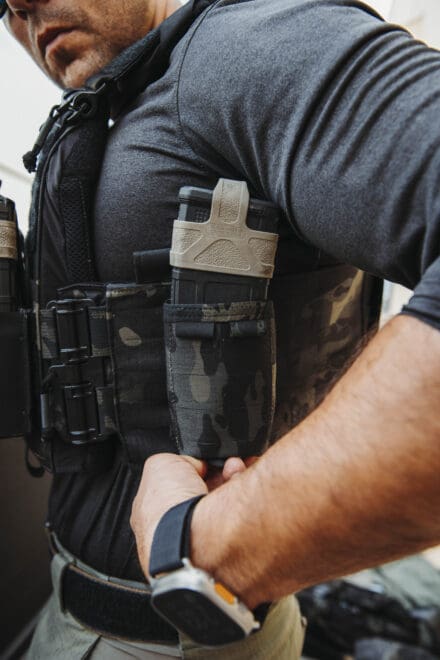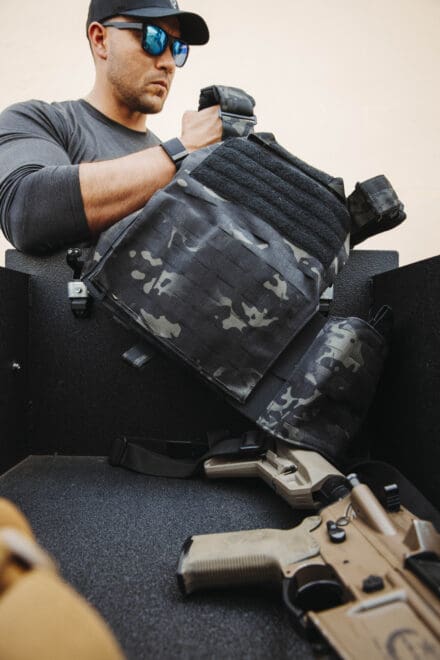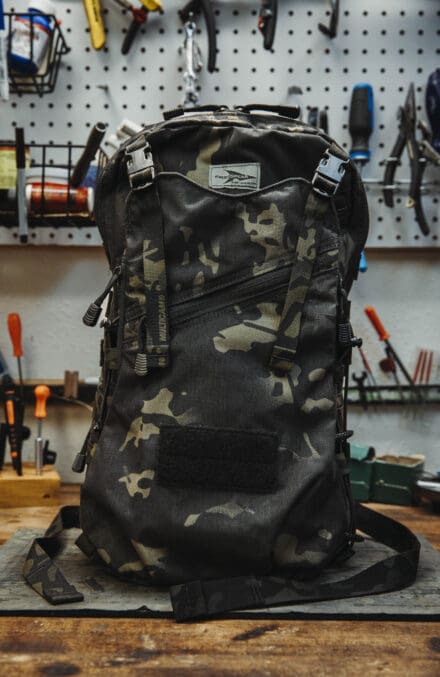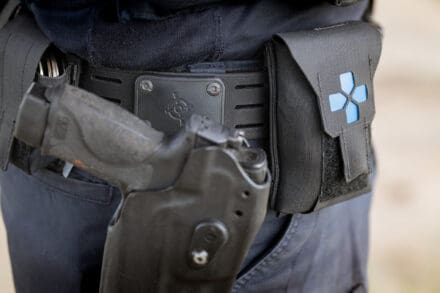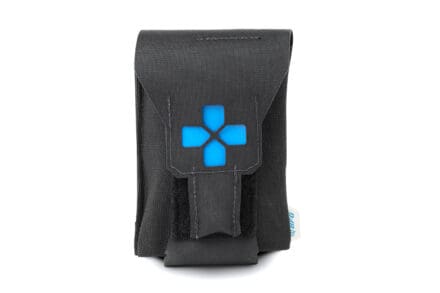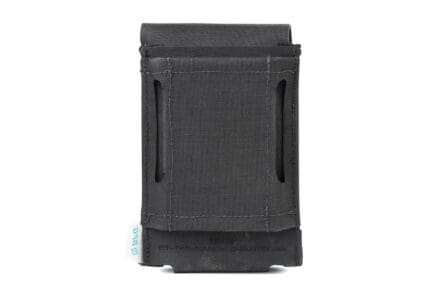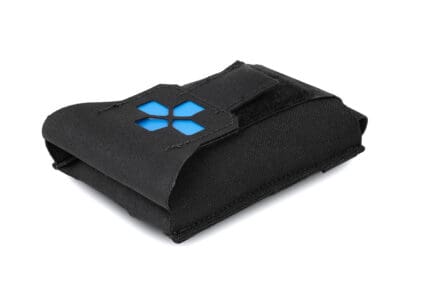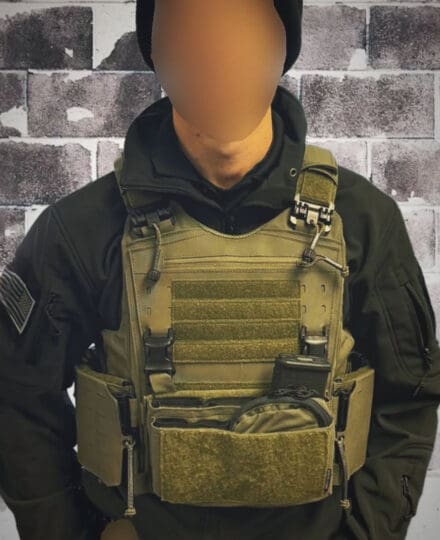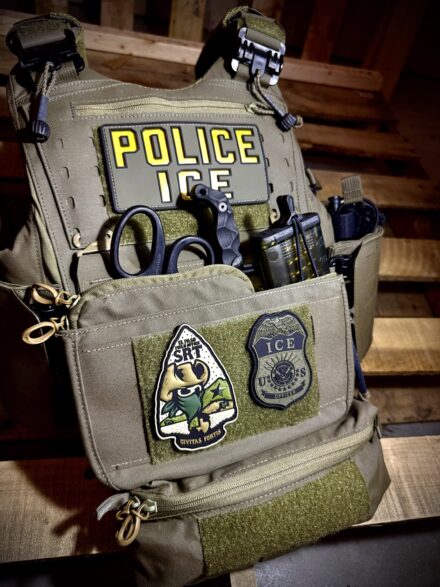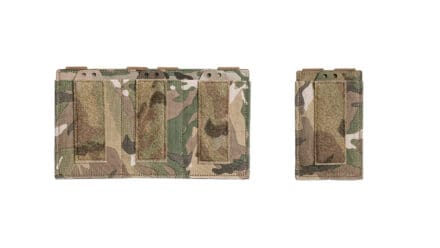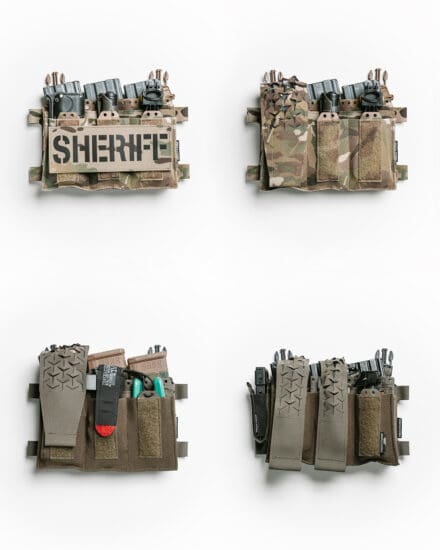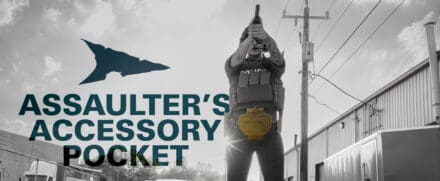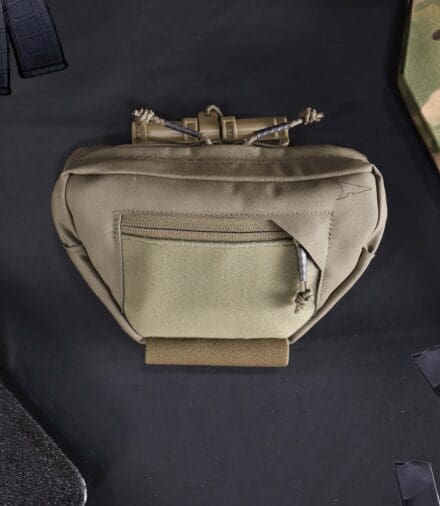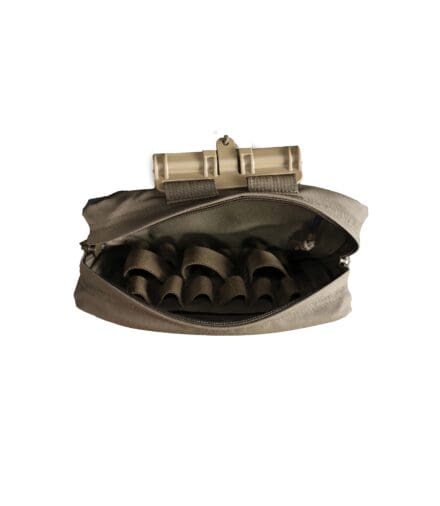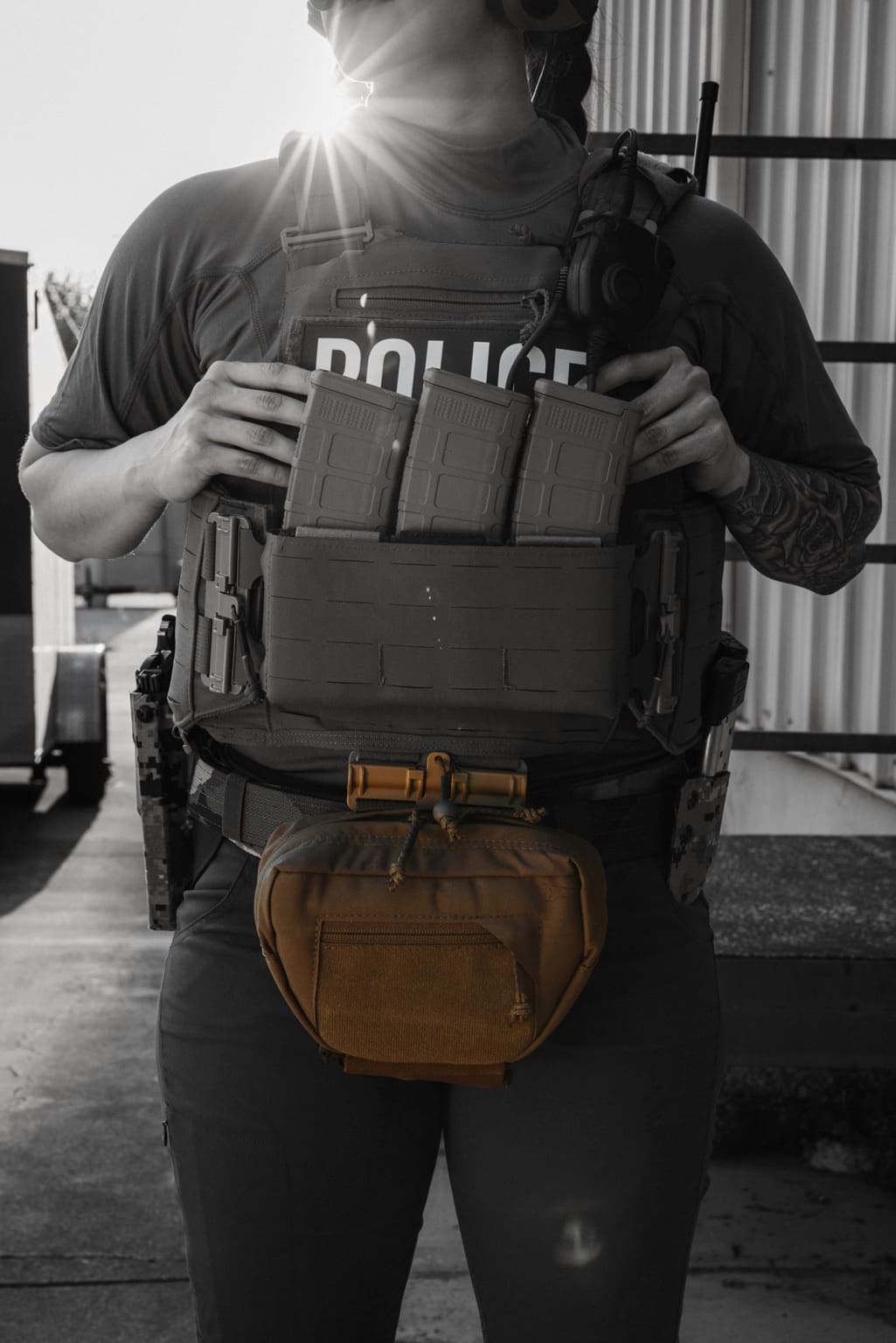In March, the Canadian Army awarded a $19.7 million (excluding taxes) to Logistik Unicorp to supply its light forces with 3,000 units of advanced protective and load carriage equipment under the Dismounted Infantry Capability Enhancement (DICE) initiative.
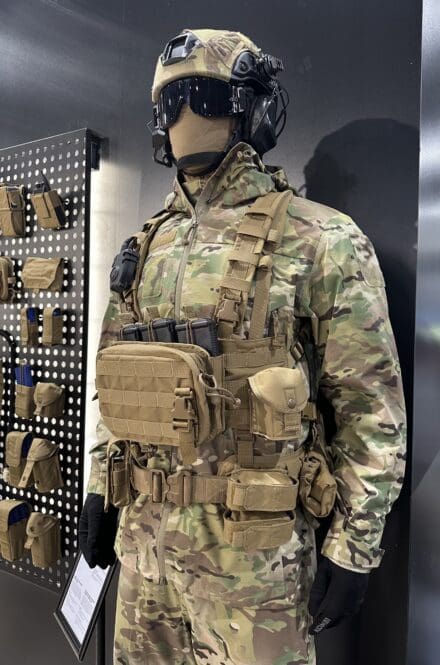
At last week’s CANSEC, Logistik Unicorp exhibited the equipment. Some of the gear is based upon Logistik Unicorp subsidiary Australian Defence Apparel while the packs are from US manufacturer Stone Glacier.
Armour Carrier with 360° Protection
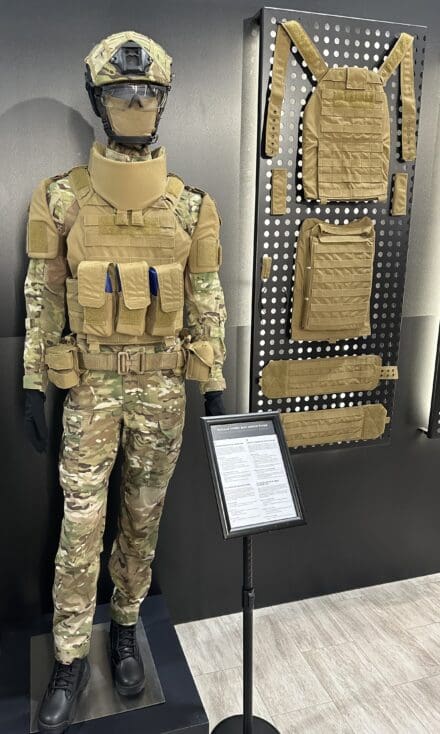
Mounted together, these components form a single vest that delivers both ballistic protection and load carriage capability. The PALS attachment system secures the user’s pouches as needed.
Designed to reduce total system weight, the Armour Carrier offers optimal protection while maintaining soldier mobility in both operational and training contexts.
Armour Carrier

- Available in straight and contoured cuts
- Breathable interior for optimal thermoregulation
- 3-action quick-release system for swift removal
- Front and back modular configuration: ballistic panels only, ballistic plates only, or both
- Micro-adjustable Cummerbunds at front and back
- Cummerbunds allow insertion of ballistic panels or stiffeners for a stable pouch platform
Modular Accessory Protector Panels
- Deltoid Protector Panels adjustable to bicep circumference and height
- Neck Protector Panel offers side and rear ballistic protection; shoulder bands ensure the proper positioning of the Deltoid Protector Panels
- Throat Protector Panel offers front ballistic protection
3-IN-1 Combat Belt Modular System
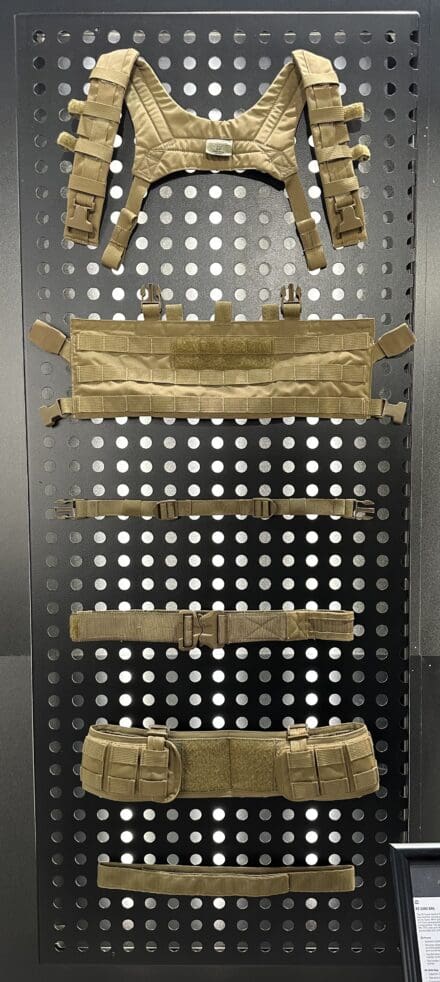
Designed to provide the soldier with the benefits of a padded belt, as well as those of a traditional inner-outer tactical belt rig. It features independent PALS webbing for versatile configuration and accepts non-PALS attachment pouches when required.
The system distributes the weight of pouches at the waist rather than the shoulders. This configuration particularly benefits users carrying multiple pouches, reducing the load on the upper body and preserving mobility.
Light Belt Comforter
- Reinforced pad to carry large pouches and heavy equipment
- Channel system ensures a snug fit around the waist
Light Battle Belt
- Two configurations: can be worn stand-alone or inserted into the Light Belt Comforter
- Compatible with MOLLE system
Light Trouser Belt
- Attaches to pants belt loops for added support of the Combat Belt
R3 Bag and Pack System
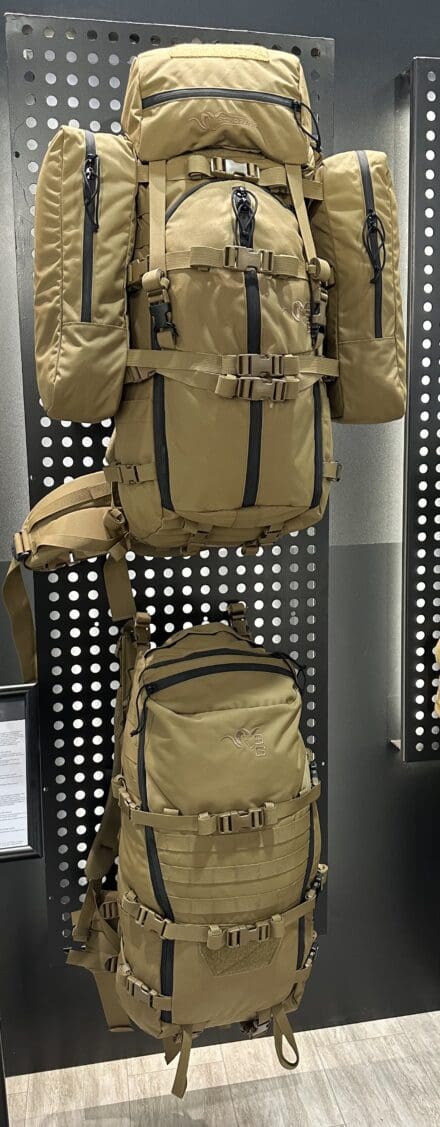
R3 3300 Bag
The R3 Frame System features a modular design with an integrated load shelf for carrying gear between the bag and frame, or directly on the frame. When paired with the R3 3300 Bag, it functions as a 72-hour assault pack with PALS webbing for customizable load configurations. The optional R3 Radio Harness secures the AN/ PRC-117G radio and allows quick battery access, ensuring both functionality and comfort in all operational conditions.
R3 Frame
- Supports loads over 150 lb (68 kg)
- Shoulder straps can be angled inward or outward to accommodate various shoulder widths, angles and additional environmental layers
- Hip Belt attaches to the frame at five points for optimal load transfer to the hips
- Two lumbar pad options for compatibility with the Armour Carrier
R3 3300 Bag
- Capacity: 55 L
- Top-load access and clamshell-style zippered opening
- Communication port for antenna and cable routing
R3 Radio Harness
- Two configurations: mounted on the R3 Frame and placed inside the R3 Bag
R3 7000 BAG
The R3 Frame System features an integrated load shelf, allowing gear to be carried between the frame and the bag, or directly on the frame. The R3 7000 Bag functions as a rucksack for missions up to 96 hours. R3 Side Bags can be mounted on either the R3 Bag or Frame, extending load capacity while preserving the mobility required for demanding operations.
R3 Frame
- Supports loads over 150 lb (68 kg)
- Adjustable shoulder straps and a 5-point hip belt attachment to the frame ensure optimal load transfer
- Two lumbar pad options for compatibility with the Armour Carrier
R3 7000 Bag
- Capacity: 90 L
- Top-load access and clamshell-style zippered opening
- Top hook-and-loop communication port for antenna and communication cable routing
R3 Side Bags
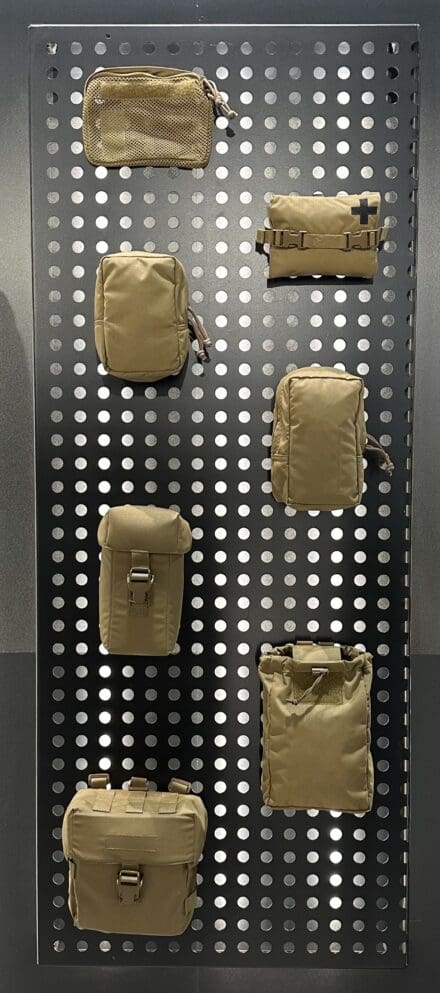
- Capacity: 25 L (set of 2)
- Expand the R3 3300 and R3 7000 Bags using non-PALS attachments
Modular Platform System

Chest Rig
The Chest Rig configuration allows access to munitions and mission-critical equipment over environmental dress. Designed to keep pouches low on the front of the torso, it preserves the soldier’s upper-body mobility. An optional Top Front Platform can be added to expand the PALS attachment surface.
Chest Rig
- Front PALS webbing
- Internal pocket for cable management, storage of 5.56 x 30 Rd magazines or miscellaneous equipment
Chest Rig Harness and Backstrap
- Cable routing via webbing or hook-and-loop fasteners; excess cables may be stowed in the front pocket
- Back rescue handle supports the soldier and equipment up to 227 kg
Combat Belt and Light Harness Modular System
When combined with the Light Harness, the Combat Belt System supports the carriage of heavy equipment or loads over environmental dress. The slim and discreet design of the Light Harness does not impede mobility or performance, while enabling 360-degree pouch attachment. Its adjustable webbing straps allow the user to position the Combat Belt at the desired height, ensuring proper integration with the R3 Frame System.
Light Harness
- Slim webbing design prevents bulk and excess layering
- Adjustable front and back webbing straps
Light Belt Comforter
- Reinforced pad to carry large pouches and heavy equipment
- Channel system ensures a snug fit around the waist
